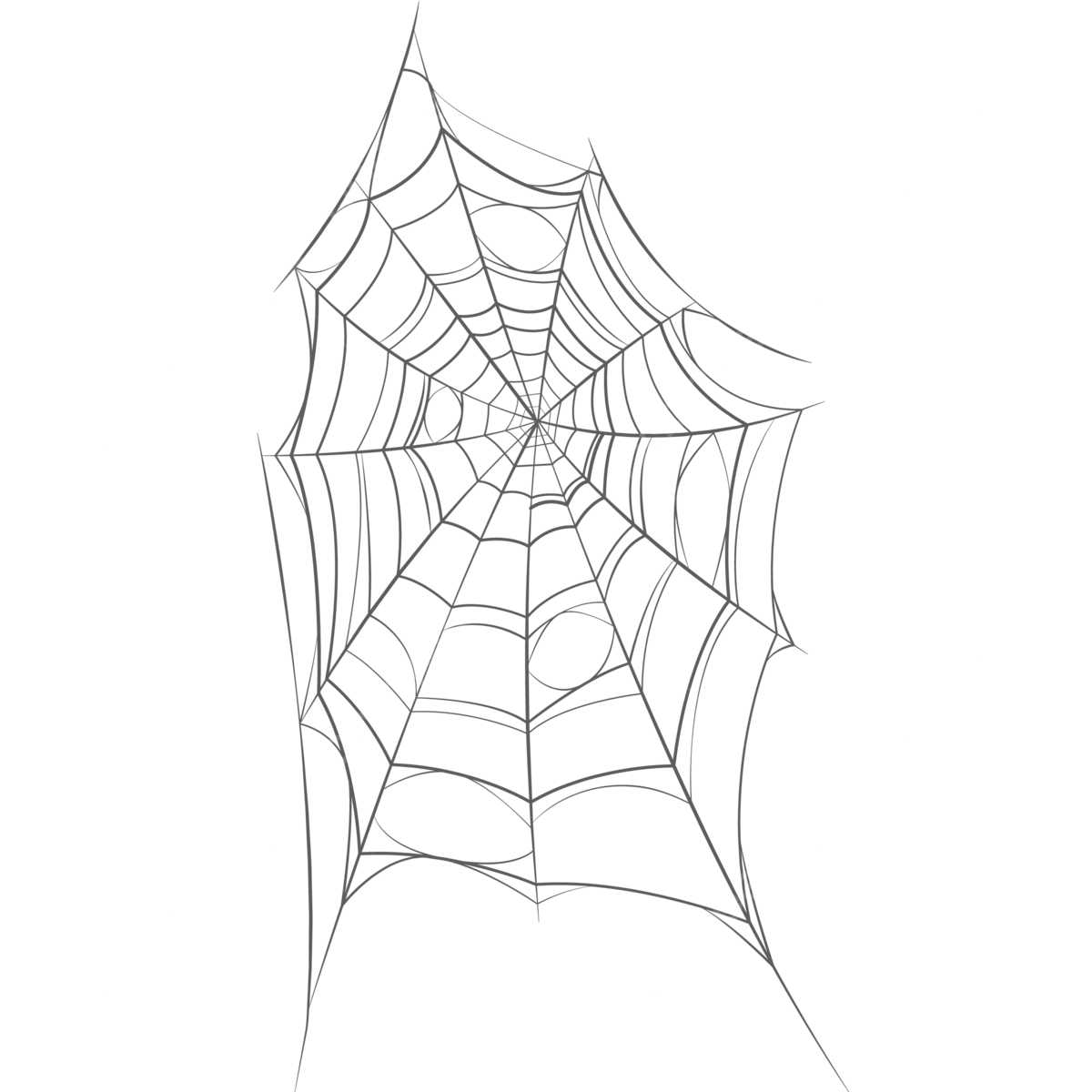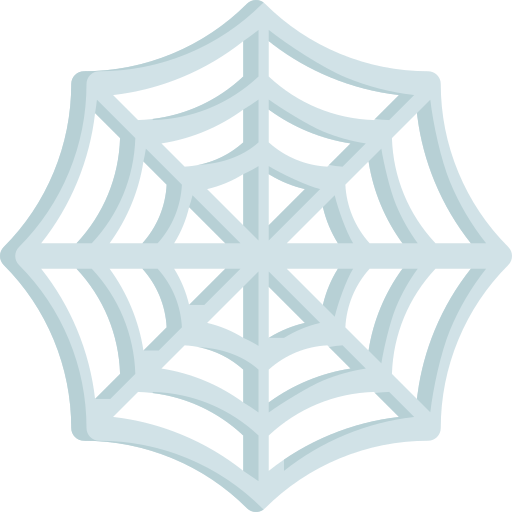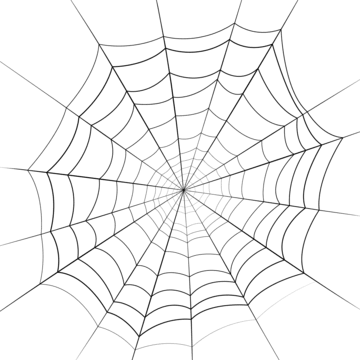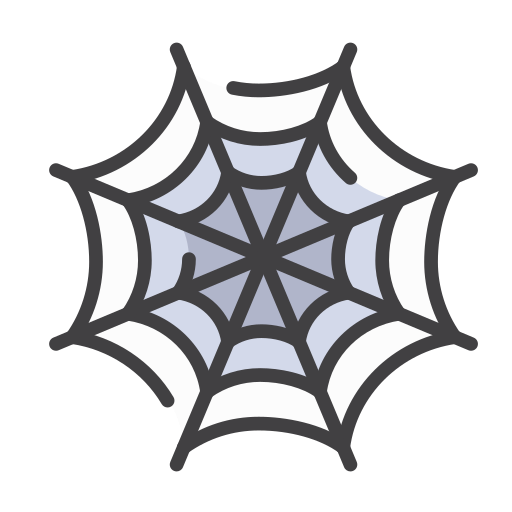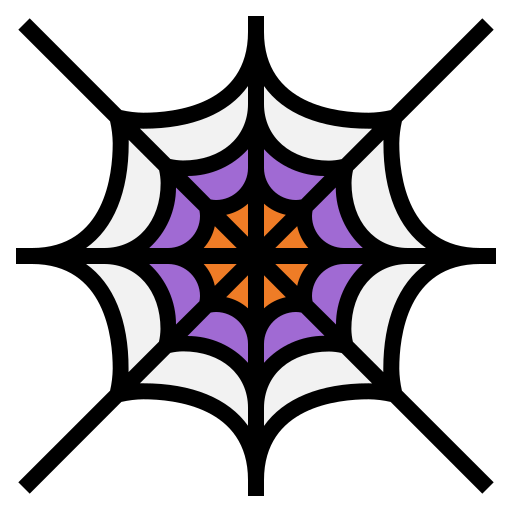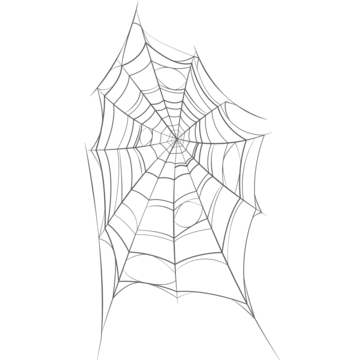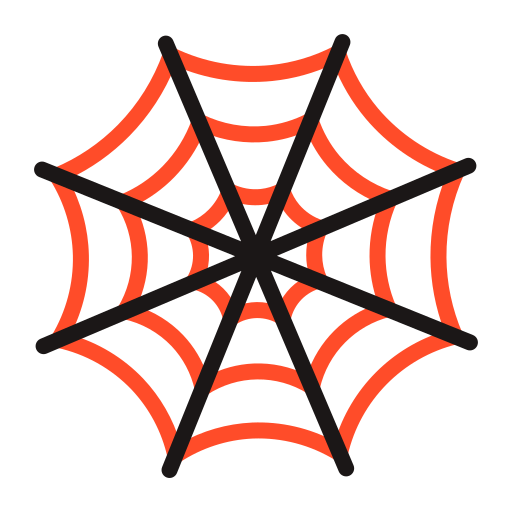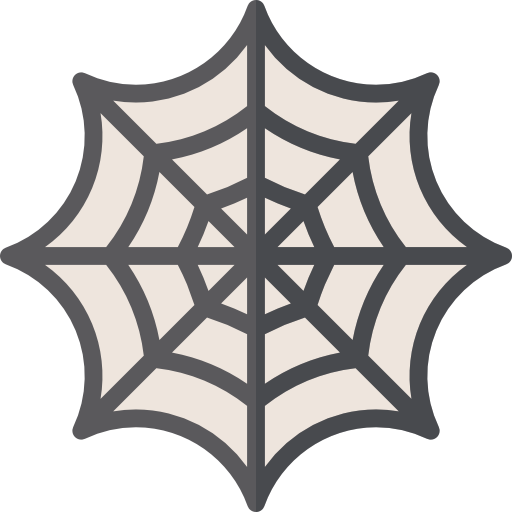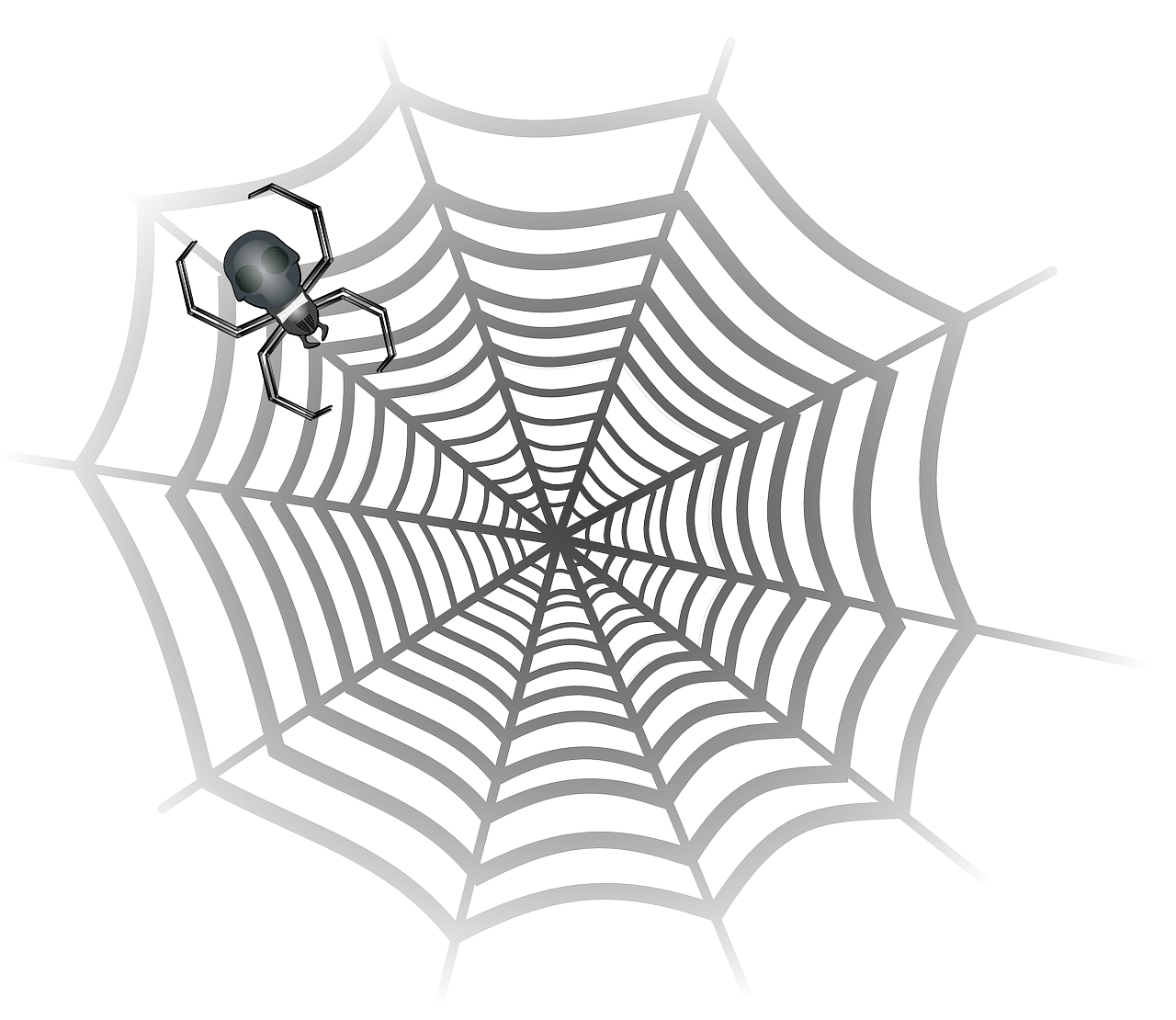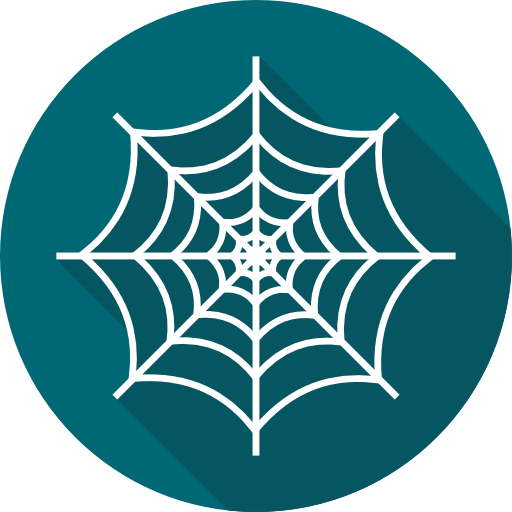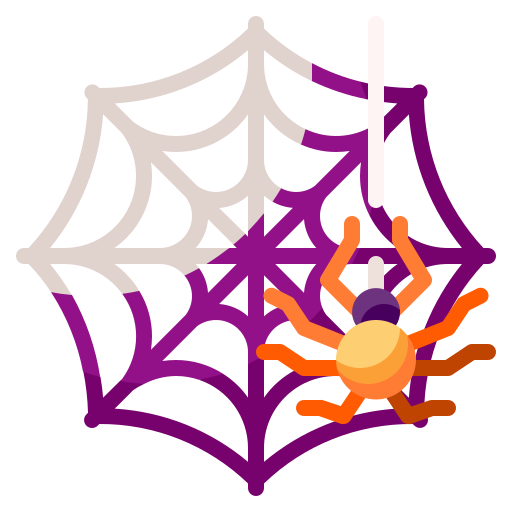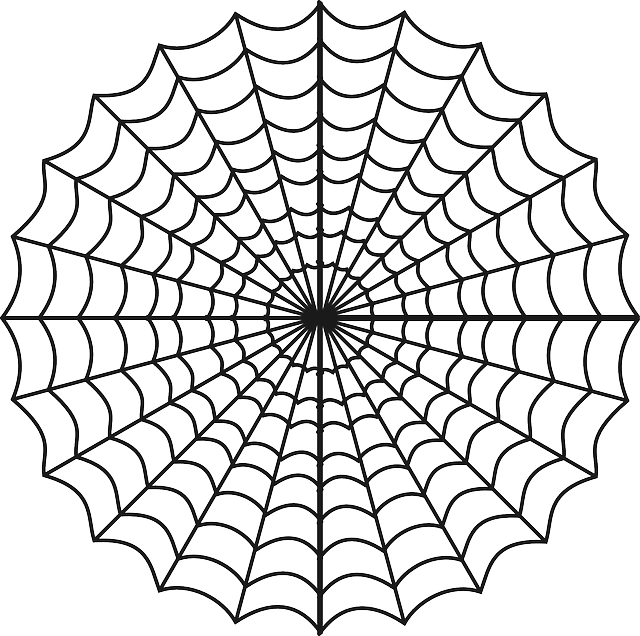Download top and best high-quality free Cobweb PNG Transparent Images backgrounds available in various sizes. To view the full PNG size resolution click on any of the below image thumbnail.
License Info: Creative Commons 4.0 BY-NC
A cobweb is a structure made up of thin, thread-like strands spun by various species of arachnids, such as spiders and mites. These arthropods produce silk proteins from specialized glands in their bodies and use them to create cobwebs for different purposes, such as constructing webs for prey capture, sheltering their eggs, or dispersing through the air.
The Anatomy of a Cobweb
A cobweb typically consists of a central hub where the spider or mite stays and radiating strands that attach to various points on the surrounding environment. The strands can vary in length, thickness, and spacing, depending on the species, the purpose of the web, and the availability of resources.
The cobweb silk is known for its remarkable strength and flexibility, surpassing that of steel for its weight. It also has adhesive properties that allow it to stick to surfaces and entangle prey or other objects that come into contact with it. Additionally, cobwebs may contain chemical compounds that repel or attract insects, depending on the spider’s diet and preferences.
The Functions of a Cobweb
Cobwebs serve various functions for arachnids, including:
- Prey capture: Many spiders use cobwebs to catch insects and other small animals that they feed on. Some spiders construct elaborate webs with intricate patterns, while others use simpler webs or lie in wait for their prey.
- Shelter: Some spiders create cobwebs to hide and protect themselves from predators or harsh weather conditions. They may build burrows, tubes, or tents that they seal with silk and conserve moisture.
- Dispersal: Some spiders use cobwebs to travel through the air or water and cover long distances. They do this by releasing silk threads that catch the wind or create a parachute-like structure that helps them glide or float.
- Mating and reproduction: Some spiders create elaborate cobwebs to attract mates or shelter their eggs. They may construct nests, cocoons, or egg sacs that protect the offspring from predators and provide them with nutrients and moisture.
The Types of Cobwebs
Arachnids create various types of cobwebs depending on their species, habitat, and behavior. Some common types of cobwebs include:
- Spiral cobwebs: These are circular or semi-circular webs that some spiders create to trap prey. The spiders often sit in the center of the web and wait for vibrations to detect the presence of prey.
- Sheet cobwebs: These are flat, horizontal webs that some spiders create to cover large areas, such as grass or leaves. The spiders often hide under the web and wait for prey to pass by.
- Tangle cobwebs: These are messy, irregular webs that some spiders create to entangle prey or confuse predators. The spiders often move around the web to detect vibrations and ensnare their prey.
- Funnel cobwebs: These are tube-like webs that some spiders create to trap prey or protect themselves. The spiders often sit at the mouth of the web and wait for prey to enter.
The Importance of Cobwebs
Cobwebs play a significant ecological role in many ecosystems. They serve as a food source for other animals, such as birds, bats, and lizards, and contribute to the diversity and balance of the food chain. Additionally, cobwebs can help control the populations of pest insects, such as mosquitoes and flies, and prevent the spread of diseases. Cobwebs also have cultural and artistic significance and have inspired numerous myths, stories, and artwork throughout human history.
Conclusion
Cobwebs are fascinating structures created by arachnids for various purposes, such as prey capture, shelter, dispersal, and reproduction. They come in many shapes and sizes and serve critical ecological, cultural, and artistic functions. Understanding the basics of cobwebs can help us appreciate the wonders of nature and the intricacies of the web of life.
Download Cobweb PNG images transparent gallery
- Cobweb PNG Images
Resolution: 1200 × 1200
Size: 160 KB
Image Format: .png
Download
- Cobweb PNG Photo
Resolution: 512 × 512
Size: 57 KB
Image Format: .png
Download
- Cobweb PNG Photos
Resolution: 360 × 360
Size: 19 KB
Image Format: .png
Download
- Cobweb PNG Pic
Resolution: 200 × 200
Size: 12 KB
Image Format: .png
Download
- Cobweb PNG Picture
Resolution: 512 × 512
Size: 55 KB
Image Format: .png
Download
- Cobweb PNG
Resolution: 512 × 512
Size: 36 KB
Image Format: .png
Download
- Cobweb Transparent
Resolution: 360 × 360
Size: 13 KB
Image Format: .png
Download
- Cobweb
Resolution: 512 × 512
Size: 52 KB
Image Format: .png
Download
- Cobweb No Background
Resolution: 512 × 512
Size: 30 KB
Image Format: .png
Download
- Cobweb PNG Clipart
Resolution: 351 × 301
Size: 2 KB
Image Format: .png
Download
- Cobweb PNG Cutout
Resolution: 512 × 512
Size: 29 KB
Image Format: .png
Download
- Cobweb PNG File
Resolution: 200 × 200
Size: 10 KB
Image Format: .png
Download
- Cobweb PNG Free Image
Resolution: 1280 × 1110
Size: 712 KB
Image Format: .png
Download
- Cobweb PNG HD Image
Resolution: 512 × 512
Size: 33 KB
Image Format: .png
Download
- Cobweb PNG Image HD
Resolution: 512 × 512
Size: 52 KB
Image Format: .png
Download
- Cobweb PNG Image
Resolution: 200 × 200
Size: 7 KB
Image Format: .png
Download
- Cobweb PNG Images HD
Resolution: 640 × 636
Size: 265 KB
Image Format: .png
Download
